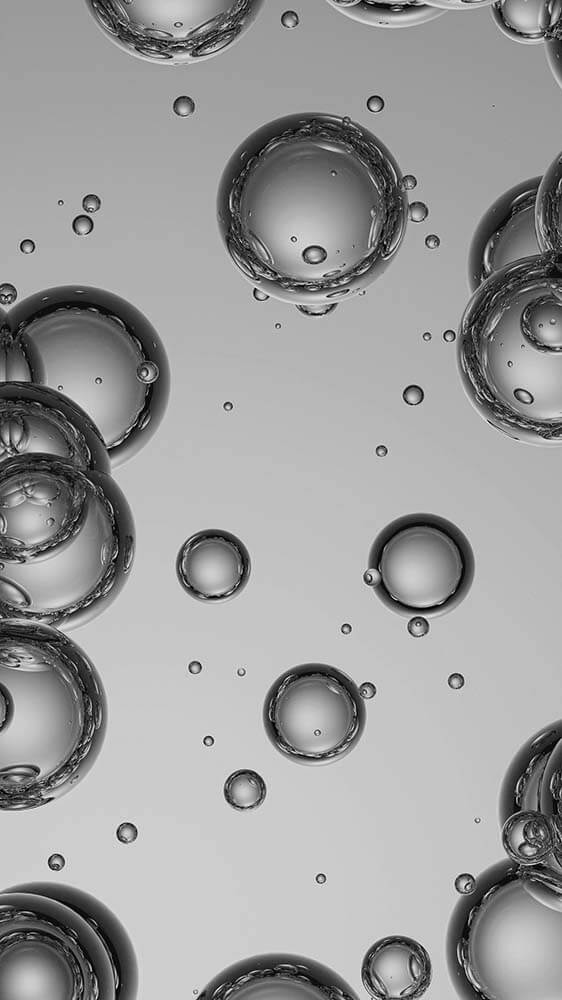Group II Base Oil
What Is Group II Base Oil?
Group II base oil is refined and processed using modern technology and is superior to older, solvent-refined Group I base oils in performance, stability, color, and odor. There are thousands of applications for Group II base oil, but a few of the more common ones are:
- Engine and gear oils
- Hydraulic fluids
- Metalworking fluids
- Lubricants
- Coatings
- Spray oils
- Plastics

Key Features of Group II Base Oils
| Group I Base Oil | Group II Base Oil | Group III Base Oil | |
|---|---|---|---|
| Viscosity Index | 80-120 | 80-120 (typically ≥100) | ≥120 |
| Sulfur Content | >0.03% | ≤0.03% | ≤0.03% |
| Oxidation Stability | Moderate | High | Very High |
| Cost | Mid-range | Mid-range | High |
How Group II Base Oil Is Produced
- Crude Feedstock Selection
- High-quality crude oil feedstock is selected for optimal hydroprocessing
- Distillation
- Crude oil undergoes atmospheric fractional distillation before vacuum distillation
- Vacuum distillation produces vacuum gas oil (VGO)
- Hydrotreating
- VGO runs through a hydrotreating process to remove impurities like sulfur, nitrogen, and oxygen
- Hydrotreating drastically improves color and odor characteristics
- Catalytic Dewaxing
- Reduces the final product’s pour point and improves cold-flow performance
- Filtration
- Remove any remaining trace moisture and particulates
The production process results in a Group II base oil that is stable (UV and thermal), saturated (>98%), and free of impurities like sulfur (<0.03%). In addition to the improved chemical properties over Group I base oil, the final product can be water-white and odorless. These characteristics make Group II base oil desirable for many applications.
Why Choose Our MaxPar® G2 Products?
Resolute Oil’s MaxPar® G2 Group II paraffinic base oil products are refined and processed using modern technology and meet the highest standards for quality and performance. They are water-white, thermal- and UV-stable, and possess a high percentage of saturates and excellent purity. The defining characteristics of MaxPar G2 products are ultra-low aromatics, sulfur, and polar compounds.
5 Reasons Our Group II Base Oil Stands Out
| MaxPar G2 | Competitors | |
|---|---|---|
| Viscosity Range | 60 to 600 SUS | Limited viscosity options |
| Custom Blending | On-site viscosity adjustment | Off-site only |
| Certifications | FDA 21 CFR 178.3620(c), ISO 9001 | Basic certifications |
| Typical Lead Time | 2-3 business days | 7-14+ business days |
| Technical Support | Dedicated application engineers | General customer service |
MaxPar G2 Technical Specifications
| Analysis | Typical Values |
|---|---|
| Viscosity Index (VI) | 80-120 |
| Pour Point | -12°C to -36°C |
| Flash Point | 170°C to 260°C |
| Sulfur Content | <30 PPM |
| Appearance | Clear & Bright |
MaxPar G2 Is the Right Fit for Your Application
Industries and Applications We Serve
- Lubricants manufacturing
- Plastics and polymers
- Toll blending and formulators
- Heat transfer fluids
- Wood protection
- Carrier fluids
Why Partner With Us?
- Guaranteed Consistency - ISO-certified processes and quality control
- Unrivaled Support - Our customers rave about our technical support and customer service
- Packaging Options - Bulk, totes, drums, and flexibags
- Custom Solutions - Viscosity blends tailored to your application and equipment
Group II Base Oil Products
MaxPar® G2
MaxPar G2 paraffinic base oils are produced using modern hydroprocessing and catalytic dewaxing technologies and meet the industry’s highest standards for quality and performance. MaxPar G2 products are free of impurities, highly saturated, and exhibit excellent thermal and UV stability. If your application calls for a high viscosity index (VI) base oil that’s low in aromatics, sulfur, and polar compounds, MaxPar G2 could be a great fit.
Group II Base Oil Properties
Group II Base Oil Applications
Need help choosing a the right product?
Our subject-matter experts are here for you!